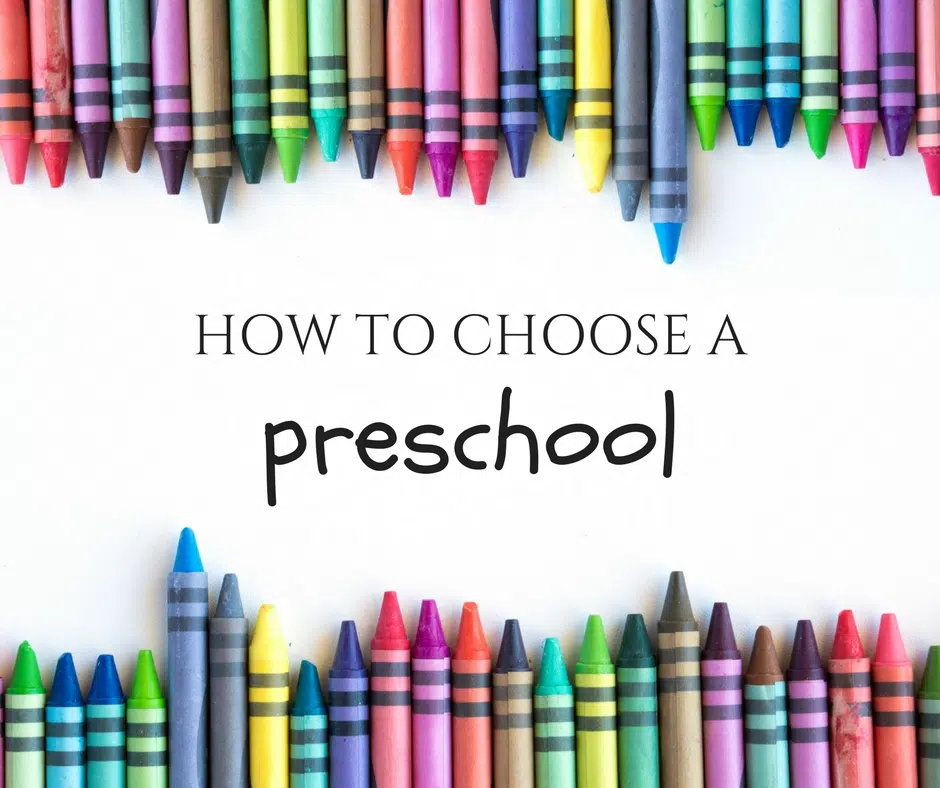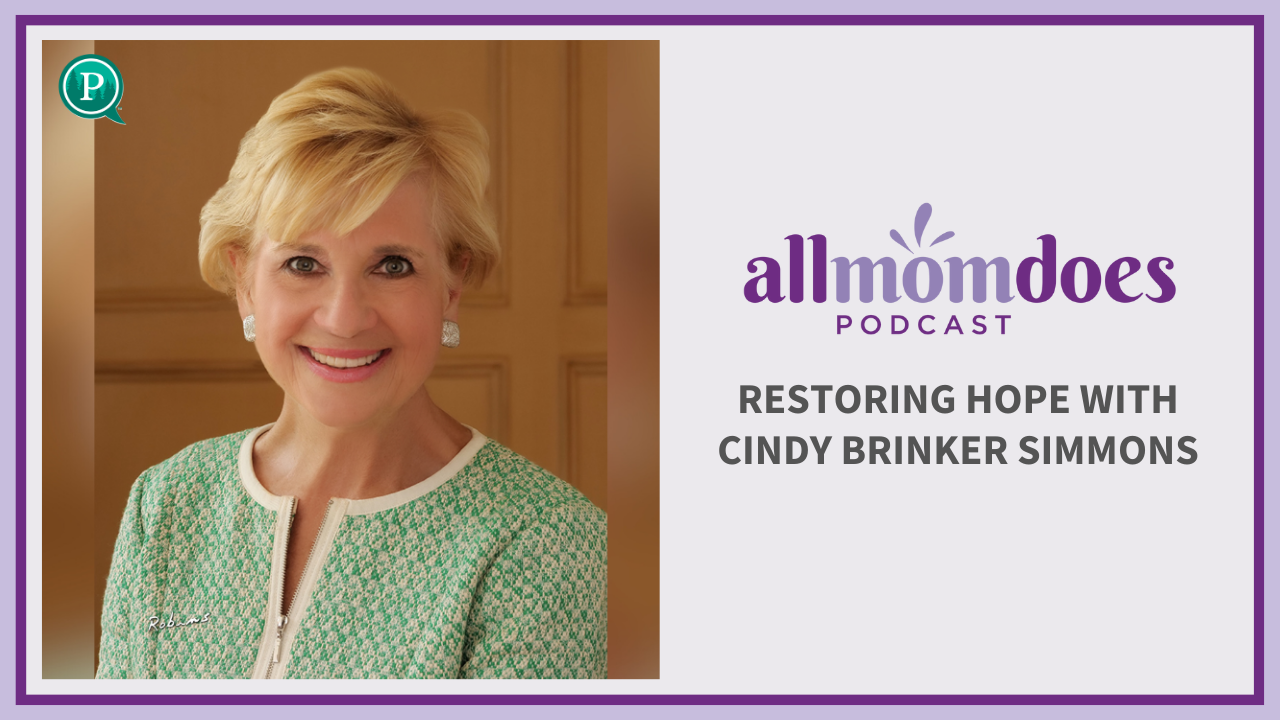It was about this time two years ago. My son wasn’t even quite three, but I was panicked.
Preschool registration was nearly in full-swing and I felt completely lost. I was certain that Conlan would be ready for preschool by September and I knew I wanted him in a classroom environment but I didn’t know where to begin.
As the first step on his formal educational journey, I literally viewed this preschool decision as the determining factor in his future college acceptance and ultimate career success. Oh, the pressure!
Over-generalize much?
As much as I love Google for solving the majority of my life and parenting problems, it was no help whatsoever in my preschool search. It just overwhelmed me more.
I asked friends for recommendations. I tried to figure out what appropriate evaluation criteria were for a preschool. I made lists. I made phone calls. I sent emails. I researched licensing reports and violations. And, every day for two weeks, I visited a different preschool on my lunch hour.
It was crazy-making. Long story short, I found a preschool that my son, my husband, and I all loved.
But now it’s confession time.
When all was said and done I was shocked to discover that my ultimate preschool decision had practically nothing to do with academics.
So, to make this process a bit less painful for the next round of mothers I’ve come up with a few guidelines on how to approach the process.
1. Identify your needs. These are things that your preschool must have. What do you and your child need to make preschool happen logistically? For example, mine had to have a 5-day per week program with a full-day childcare option available. Do you need an afternoon class because of nap schedules? Transportation? Valet drop-off? Extended care options? No class on Fridays?
2. Evaluate your priorities. Why are you sending your child to preschool? For me, I eventually admitted it wasn’t about academics. I really just wanted my kiddo to spend the day with a group of his peers, start to learn the social and procedural expectations around going to school, have fun…and maybe learn a few things. I strongly preferred a Christian framework but it wasn’t my only criteria. Imagine your little one in a preschool classroom and identify what you’re really looking for. It might be strong academics, but it might not be.
3. Set your budget. Review your household budget and determine what you can reasonably afford for preschool. Identify your preferred amount, but also your firm we-will-absolutely-not-spend-more-than-this amount on the upper end.
4. Do the hard work. Now that your needs, wants, and budget are set, it’s time to get organized and get to work. Talk to friends, post a call for recommendations on Facebook, do an internet search…this is the hardest part. Make a list of all the preschools you hear about and start your research. Immediately eliminate any that don’t meet your needs, your top wants, or are over your budget. Once you have your list narrowed down a bit, attend open houses and schedule visits.
5. Trust your instincts. At the end of the day, trust yourself. Trust the way you feel when you talk to the teachers, your impressions of the classroom layout, and your thoughts about how your little one responds to the school. The peace you have in your heart should be the biggest factor in your preschool decision. Because – in reality – it’s only preschool.
Let me finish this off with something to reassure you. We’re now on the cusp of kindergarten, and I’m busy reviewing the “Kindergarten Readiness Survey.” You know what’s on there? Nothing shocking. Letter and sound recognition, social skills, the ability to separate. He doesn’t need to be reading, do multiplication, or have the Periodic Table memorized.
So take a deep breath, mamas, and give yourself some grace. You’ll find the right one. But remember – it’s only preschool.













